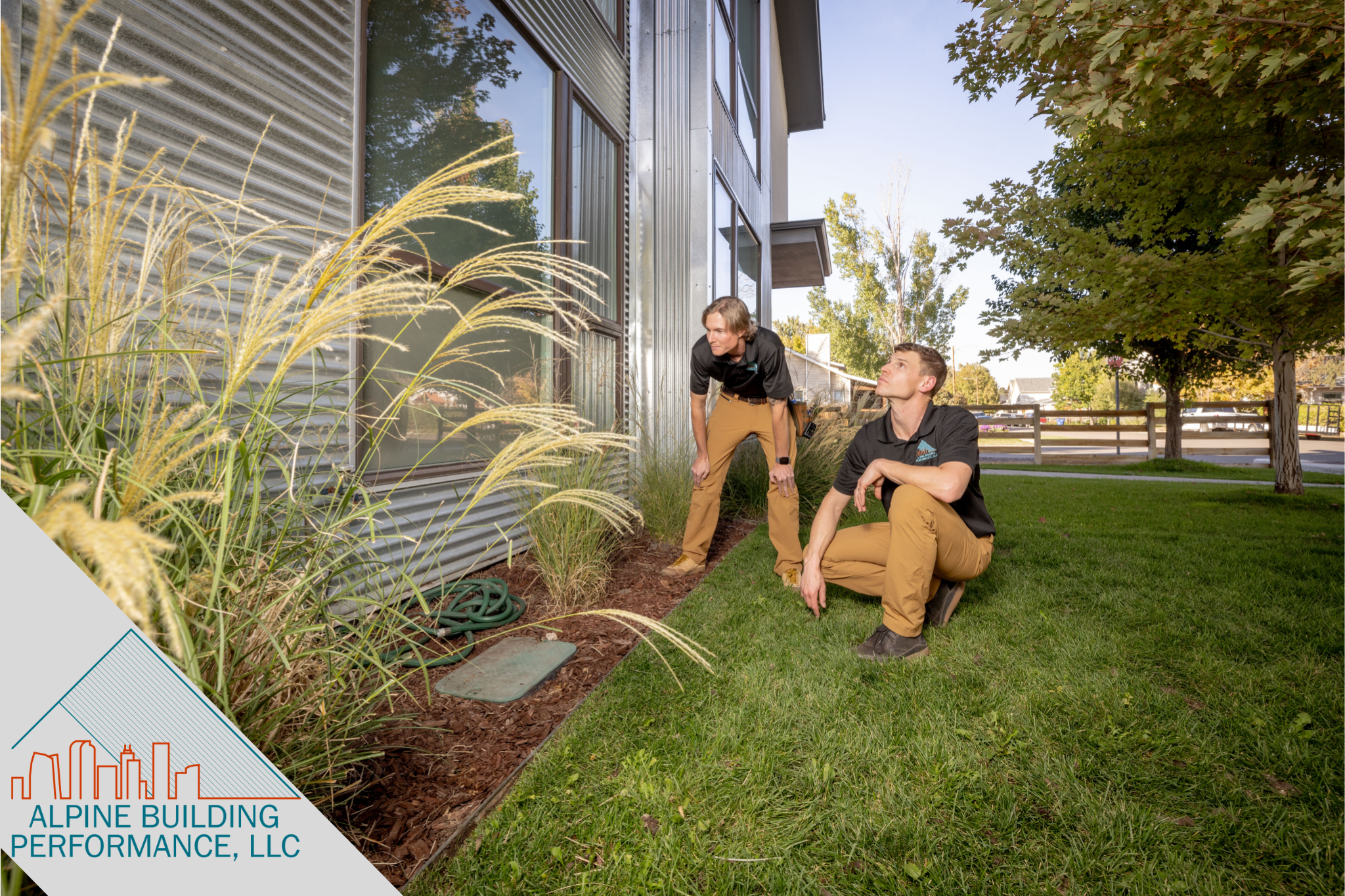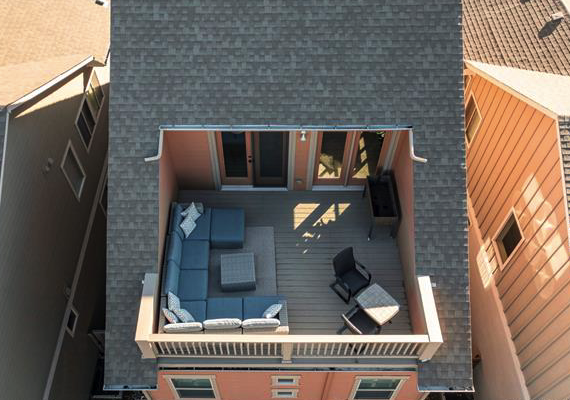The window industry is going to hate me for this blog, but this is a topic that I have studied in depth since I began my education and career in the home performance profession in 2007. When it comes to improving home energy efficiency, it’s a common belief that replacing windows should be the first step. While upgrading old windows does help improve home comfort and efficiency, it’s almost always not the most impactful or cost-effective home performance solution.
Here’s why:
Heat Loss Priorities
The biggest sources of energy loss are typically poorly insulated attics, walls, and basements/floors—not windows. Just think about how much surface area your windows account for as compared to your walls, floors, and ceilings.
Cost vs. Benefit
High-performance windows are expensive, but their energy savings may take decades to offset the upfront cost. The cost of wall, attic, and flooring insulation is relatively low.
Air Sealing is Key
Drafts and leaks around doors, vents, and other openings contribute significantly to energy loss. Sealing these gaps can have an immediate impact.
For the most impactful results and high ROI, prioritize insulation and air sealing, then consider window upgrades as part of a long-term energy plan. Investing in these areas first ensures the greatest return on your energy efficiency improvements.
With that being said, every home is different and it’s always best to start with a comprehensive Home Energy Audit to assess, determine, and prioritize your options for energy efficiency optimization. While we have deep roots in home energy audits, we do not currently offer this service, but do have some local recommendations on our site.
Significant rebates, tax credits, and incentives are available for home energy audits and home efficiency upgrades through utility companies and on the local, state, and federal levels. Be sure to check out our Energy Efficiency and Electrification Resource Guide for more information.




